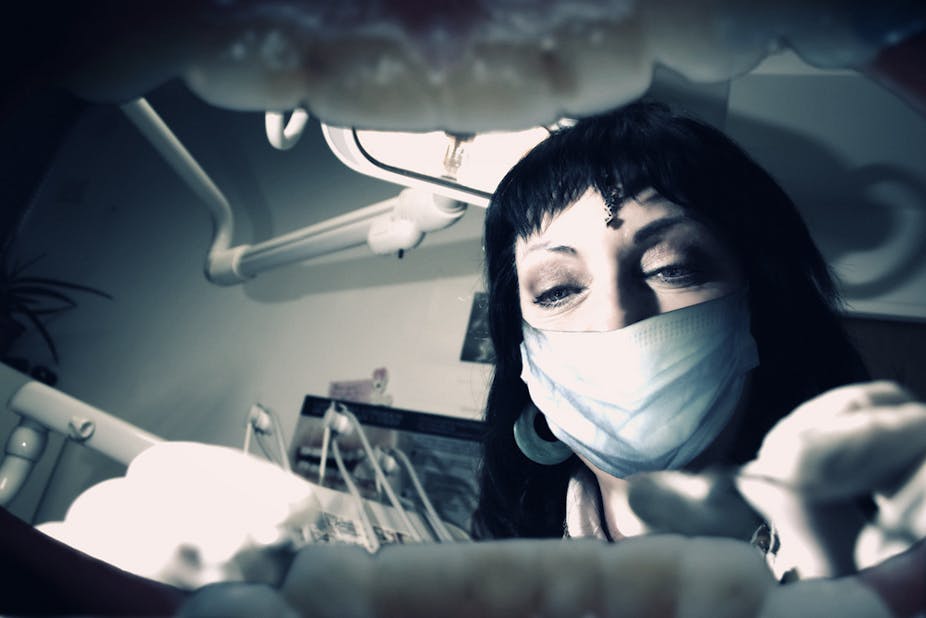The Federal Budget includes $515.3 million dentistry package that will go some way to easing some of the problems with dental care in Australia. Of this total, $345.9 million will be used to treat patients on long waiting lists and providing other vital services to adults.
Medicare shows Australia has recognised that health care is a right, but oral health care has been largely excluded from that recognition. This has resulted in a social gradient in access to dental care, particularly for adults but, increasingly, for children as well.
The oral health of children has worsened since the mid-1990s. The number of school dental services that formerly provided free access to school-aged children in most states and territories have also declined.
Dental disease is now one of the most common reasons for children to have a general anaesthetic in hospital. The options devised by the National Advisory Council on Oral Health to address these issues were intended to improve access to dental care for children, either by extending an existing entitlement, such as the Teen Dental Program to all children (and by including treatment), or by extending existing public services for children.
Sadly, the Budget has no specific recommendations for children’s dental care, although the money for employing oral health therapists and for oral health promotion may include a focus on children.

Oral health remains a significant health problem for Australian adults. A quarter of adults in Australia have untreated tooth decay and about one in five have moderate or severe gum disease.
There are many barriers to timely and affordable access to dental care for many adults. Half of the adult population has less than appropriate dental care either because they only visit a dentist when they in pain or have a problem. Or, they visit infrequently so it becomes difficult to intervene early in the disease process.
For the over the one-third of Australian adults who have delayed or avoided visiting a dentist in the last 12 months because of cost, there’s some good news in the Budget.
Prior to this week, the government had announced $165 million to address the long waiting lists in the public dental services. The announcement on the weekend increases that allocation to approximately $350 million over three years. These funds will assist people currently on waiting lists for dental care.
The proposal is in line with one of the options suggested by the Advisory Council for enhanced access to public dental services.
The package to address the shortage of dentists in rural areas is also very welcome, and its success will depend on ongoing support, such as online specialist advice, for dentists who choose to relocate.
The $10.5 million for oral health promotion and the proposal to develop a National Oral Health Promotion Plan will go some way to address its previous underfunding. But it remains short of the $20 million per year suggested by the National Health and Hospital Reform Commission.
The inclusion of this dental care package in the Budget is welcome and will make a difference for many people. But there’s still much work to be done to establish fair and equitable access to health care for people with oral diseases.

